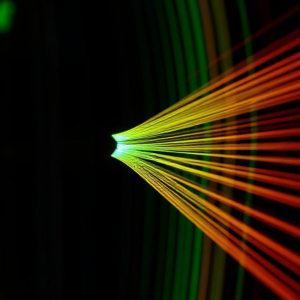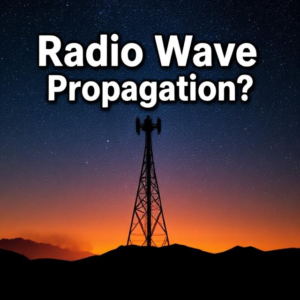Transmission lines are specialized cables or pathways designed to carry electrical signals—such as radio waves, TV signals, or internet data—from one point to another. They form a vital backbone for many modern systems, including communications, broadcasting, and power distribution. Think of transmission lines as highways for electrical signals, where ensuring smooth, efficient travel is key to reliable communication and power delivery.

What Exactly Is a Transmission Line?
At its core, a transmission line is simply a conductor or a set of conductors that transmits electrical energy between two locations. These can take various forms, from everyday coaxial cables delivering cable TV and internet signals, to microstrip lines on circuit boards that handle radio frequencies.
Transmission lines are carefully designed to send signals over distances while minimizing loss or distortion, ensuring the message arrives clear and intact.
Common Types of Transmission Lines
Several types of transmission lines are widely used across different applications:
-
Coaxial Cable: Commonly seen in TV and internet setups, coaxial cables consist of a central conductor surrounded by insulation and an outer shield that protects the signal from interference.
-
Microstrip Line: Used in electronics and circuit boards, this type is a flat, narrow conductor placed over a grounded substrate, ideal for carrying high-frequency signals in compact spaces.
-
Twisted Pair Cable: Made of two wires twisted around each other, this cable type reduces electromagnetic interference and is often found in telephone lines and networking.
-
Waveguides: These hollow metal or dielectric tubes guide very high-frequency signals, such as radar or satellite communications, using specific propagation modes.
How Do Transmission Lines Work?
Imagine a transmission line as a water pipe carrying a flow of water, where the water represents the electrical signal. The pipe itself—the transmission line—must be constructed to prevent leaks or turbulence, analogous to signal loss or distortion in electrical terms. Proper design ensures that the signal reaches its destination with maximum strength and minimal noise.
Key Concepts in Transmission Lines
-
Impedance: This is the resistance the transmission line offers to the signal’s flow. It depends on the line’s physical properties like length and materials. Matching impedance with the signal source and receiver is critical to avoid signal reflections.
-
Impedance Matching: Ensuring the line’s impedance matches the source and load allows the signal to transfer efficiently without bouncing back, which can cause interference.
-
Signal Reflection: Occurs when a signal hits a section with different impedance, sending part of the signal backward and degrading overall quality.
-
Propagation Delay: The time taken for a signal to travel from one end of the line to the other, affected by the line type and materials used.
-
Attenuation: As signals travel, they gradually weaken due to energy loss. Factors like line length, frequency, and material influence how much attenuation occurs.
The Role of the Smith Chart
Engineers often use the Smith Chart, a graphical tool that helps visualize and solve complex impedance and reflection problems. It’s especially valuable in designing and optimizing radio frequency (RF) transmission lines.
Why Transmission Lines Matter
Transmission lines are fundamental to everyday technology:
-
Communication: They enable phone calls, internet access, and TV broadcasting by carrying signals reliably over distances.
-
Power Distribution: High-voltage power lines transport electricity from generation plants to homes and businesses.
-
Broadcasting: Coaxial cables and antennas rely on transmission lines to deliver radio and TV signals.
Summary
In essence, transmission lines are essential conduits that carry electrical signals across vast distances and varied applications. Whether in your home internet connection or the national power grid, understanding how transmission lines work—and the challenges they face like impedance matching, reflection, and signal loss—is key to the smooth functioning of countless modern technologies.











